I LOVE teaching science to my kindergartners! It is pure joy. I have them in the palm of my hand, and they are completely engaged and thinking the whole time. I don’t know that there are any “kindergarten science teacher” jobs out there, but if there were, I would be applying!
We have chosen not to start our official science work until January at my school. We have three major units that we teach, and we have found that it is to our advantage to establish a strong school foundation, and then unleash the science fun! Our first unit is inquiry process, which is fantastic because there are literally no limits. ANY science question can be looked at in this unit, so we are not at all restricted by subject matter.
The first major experiment I do with my kids is “Mr. Egg Goes For A Ride!” Here is how it works… This is basically a force and motion experiment that also teaches some great lessons about seat belts. I introduce the kids to my friend “Mr. Egg.” I explain that Mr. Egg will be going for a ride in his car, and that we will be asking the question, “What is the safest way for Mr. Egg to drive?”
We then spend about ten minutes making predictions. While it may seem tedious, I find that my kids are absolutely able to wait, take turns, and think critically during this step. They LOVE the chance to make their own predictions, so I give each and every kid a turn making a prediction for each condition in the experiment. Mr. Egg will be riding in his car down a low hill with a seat belt, down the same low hill without a seat belt, down a steep hill with a seat belt, and down a steep hill without a seat belt. I have the kids predict either “fine,” “bruised” (small cracks but no guts leaking out), “cracked,” (some guts leaking out), or “mess.” The kids love making their guesses, and I record everyone’s thinking on a chart.
Then it is time for action. Our little friend Mr. Egg gets to ride down a ramp that I fashioned using one of our long block panels. I taped some wrapping paper tubes to the sides to create railings. His car is just a toy car with a little cup attached to the back, where Mr. Egg sits. I put Mr. Egg in a plastic bag, and then we test things out. When we are testing the seat belt conditions, I tape the egg into the car. Without a seat belt, he is just loose.
I let different kids have turns releasing the car, and we usually repeat each variation twice to get more information (and more turns.) I love that I am surprised by the results every time we do this experiment from year to year, and yet there is always a fantastic lesson!
For example, this year Mr. Egg was completely fine during both “low hill” experiments. He was bruised when going down the high hill with a seat belt, but was severely cracked with no seat belt. This was a great reinforcer for seat belt use.
Then, just for fun, we sent Mr. Egg down the high hill backwards. I was certain he was going to be a mess. In fact, he did not crack, but was thrown from the car, which promptly tipped over. This was another great discussion. We talked about how babies and little kids must ride in the back seat because it is the safest part of the car, and perhaps that is why Mr. Egg did not get hurt as badly. (You really can take the results and craftily explain things to reinforce safety!)
Then, one of my clever little ones wondered what would happen if we slammed on the brakes (for a squirrel in the road.) So down Mr. Egg went again, this time with a surprise stop. Poor guy was a mess.
My kids loved the experiment, and loved checking back with their predictions to compare the outcomes. We decided that the safest way for Mr. Egg to drive was down a low hill, with a seat belt.
Our last step is always to write about our experience. I tell the kids they should write one thing they observed, learned, or experienced. I always find that “science writing” is just a bit more elevated that any other type of writing in my room – they really take it seriously! Here is some of their work:
If you are interested in getting my full inquiry process science unit, with this experiment, all the forms we use, and five more experiments, it is available in my store for $8. Click here: Inquiry Process Science Unit.
What are your favorite science experiments with your kids? Have you started teaching science this year?

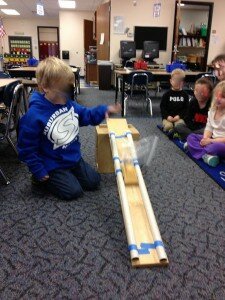
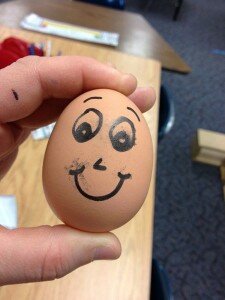
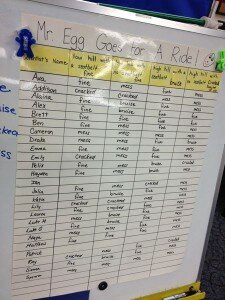
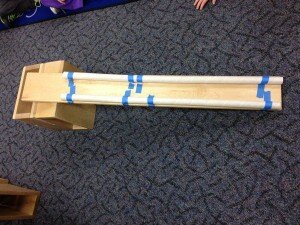
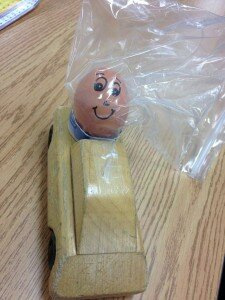
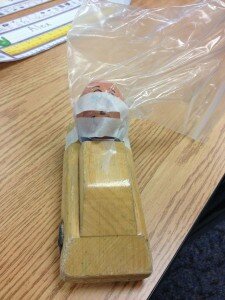
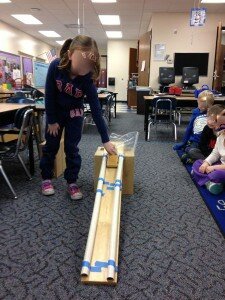
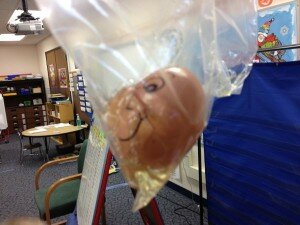
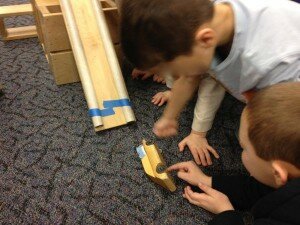
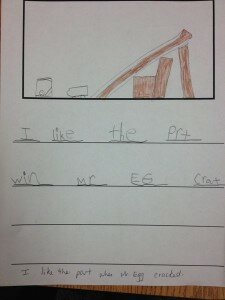
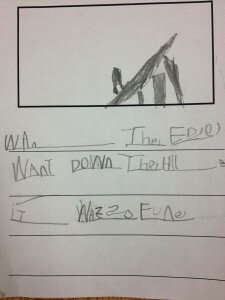
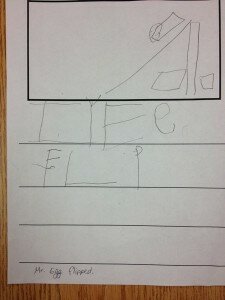
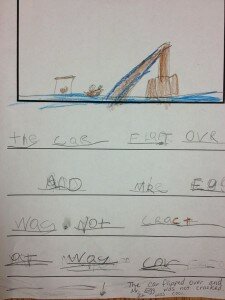
Thank you for sharing this great experiment!!
This blog was… how do you say it? Relevant!! Finally I have found something which helped me.
Thanks a lot!